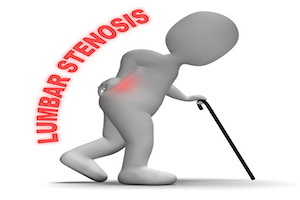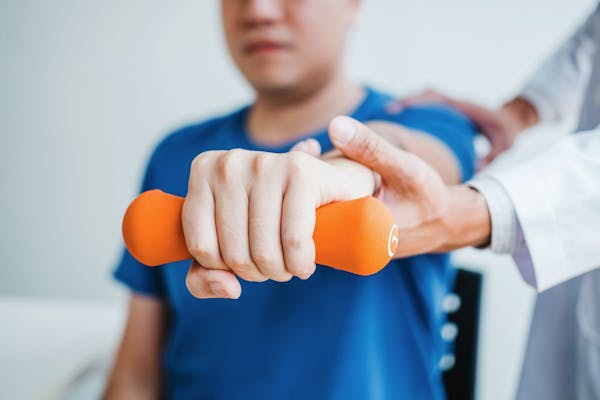Health Blog: Solutions & Wellness Tips
Surgery and PT lead to very similar results for patients

Surgery and physical therapy lead to very similar results for patients with back condition
These two types of treatments have not yet been directly compared
Lumbar spinal stenosis (LSS) is a common condition in which the space that surrounds the spinal cord narrows. This can cause pain and weakness in the lower back, buttocks and thighs for patients that experience symptoms. Treatment for LSS may be either surgical or conservative (non-surgical), which can include physical therapy, exercise and injections. Surgery is usually only recommended if symptoms are severe, last for a while, and affect both the back and legs. Though these two general approaches have been compared in studies, it's still not clear which is better for LSS. In addition, no studies have yet compared physical therapy to surgery directly. For this reason, a powerful study called a randomized-controlled trial (RCT) was conducted that compared these two types of treatment for patients with LSS.
Patients are randomly assigned to one of two groups
Patients diagnosed with LSS that were eligible for back surgery were recruited and asked if they were willing to have surgery. This led to 169 patients being randomly assigned to one of two groups: the first group had surgery and the other group followed a physical therapy program. Experienced surgeons performed a procedure called simple decompression surgery, and patients were encouraged to begin walking again soon afterwards. The physical therapy program consisted of two visits per week for six weeks. It included a number of different stretching and strengthening exercises, general physical activity and patient education on how to avoid bad postures. All patients were then evaluated over the course of two years using a survey and other measurements.
No major differences were found between two treatment groups
Results from this RCT showed that there were no major differences between the surgery and physical therapy groups when it came to relieving their symptoms and improving their function. Patients in both groups began to improve at 10 weeks, continued to improve through 26 weeks, and maintained these improvements all the way up to the two-year follow-up. Despite these similarities, there were 33 complications related to surgery and only nine for physical therapy. Most of surgical complications were reoperation-a second surgical procedure to correct the first one-while the complications for physical therapy were mainly just a worsening of symptoms. Based on these findings, it appears that surgery and physical therapy lead to similar outcomes for patients with LSS. Those who have the condition should therefore discuss all possible options for treatment with their physician before making any decisions. It would benefit patients and physicians to keep the results of this study in mind when evaluating their treatment options. It should also be explained that surgery is associated with higher costs and more complications, but the outcomes from it seem to be similar to physical therapy.
-As reported in the April '15 issue of the Annals of Internal Medicine



